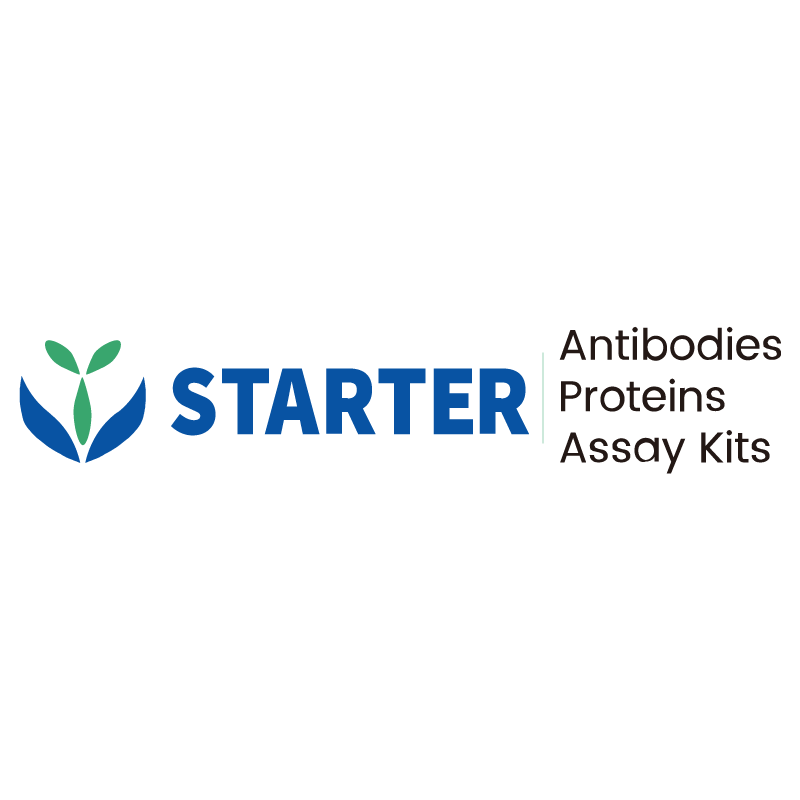Flow cytometric analysis of SD Rat splenocytes labelling Rat CD45RA antibody at 1/2000 (0.1 μg) dilution/ (Right panel) compared with a Mouse IgG1, κ Isotype Control / (Left panel). Goat Anti-Mouse IgG Alexa Fluor® 488 was used as the secondary antibody. Then cells were stained with CD3 - Brilliant Violet 605™ Antibody at separately.
Product Details
Product Details
Product Specification
| Host | Mouse |
| Antigen | Rat CD45RA |
| Synonyms | Leukocyte common antigen; high molecular weight form |
| Location | Cell membrane |
| Accession | 24699 |
| Clone Number | S-R629 |
| Antibody Type | Mouse mAb |
| Isotype | IgG1,k |
| Application | FCM |
| Reactivity | Rt |
| Positive Sample | SD Rat splenocytes |
| Purification | Protein G |
| Concentration | 2 mg/ml |
| Conjugation | Unconjugated |
| Physical Appearance | Liquid |
| Storage Buffer | PBS pH7.4 |
| Stability & Storage | 12 months from date of receipt / reconstitution, 2 to 8 °C as supplied. |
Dilution
| application | dilution | species |
| FCM | 1:2000 | Rt |
Background
CD45RA protein is a specific isoform of the CD45 receptor, also known as protein tyrosine phosphatase receptor type C (PTPRC), which is generated through alternative splicing of the CD45 gene. It is a marker for naive T cells and central memory T cells (TCM), characterized by the presence of exon 4 (A) but the absence of exons 5 (B) and 6 (C) in its mRNA. CD45RA is expressed on the surface of nucleated hematopoietic cells, including B cells, NK cells, naive/resting T cells, medullary thymocytes, and plasmacytoid dendritic cells. It plays a crucial role in the immune system by modulating T cell receptor (TCR) and B cell receptor (BCR) signaling pathways, facilitating the activation and proliferation of immune cells. In adults, CD45RA+ cells may help prevent autoimmune diseases, while reduced numbers of CD45RA+ CD4+ T cells have been associated with conditions such as biliary atresia, primary biliary cirrhosis, fetal distress, and preeclampsia. Pathologists use CD45RA to differentiate naive T cells (CD45RA+) from memory T cells (CD45RO+), although this distinction may not be applicable in adult allogeneic hematopoietic cell transplant recipients.
Picture
Picture
FC


